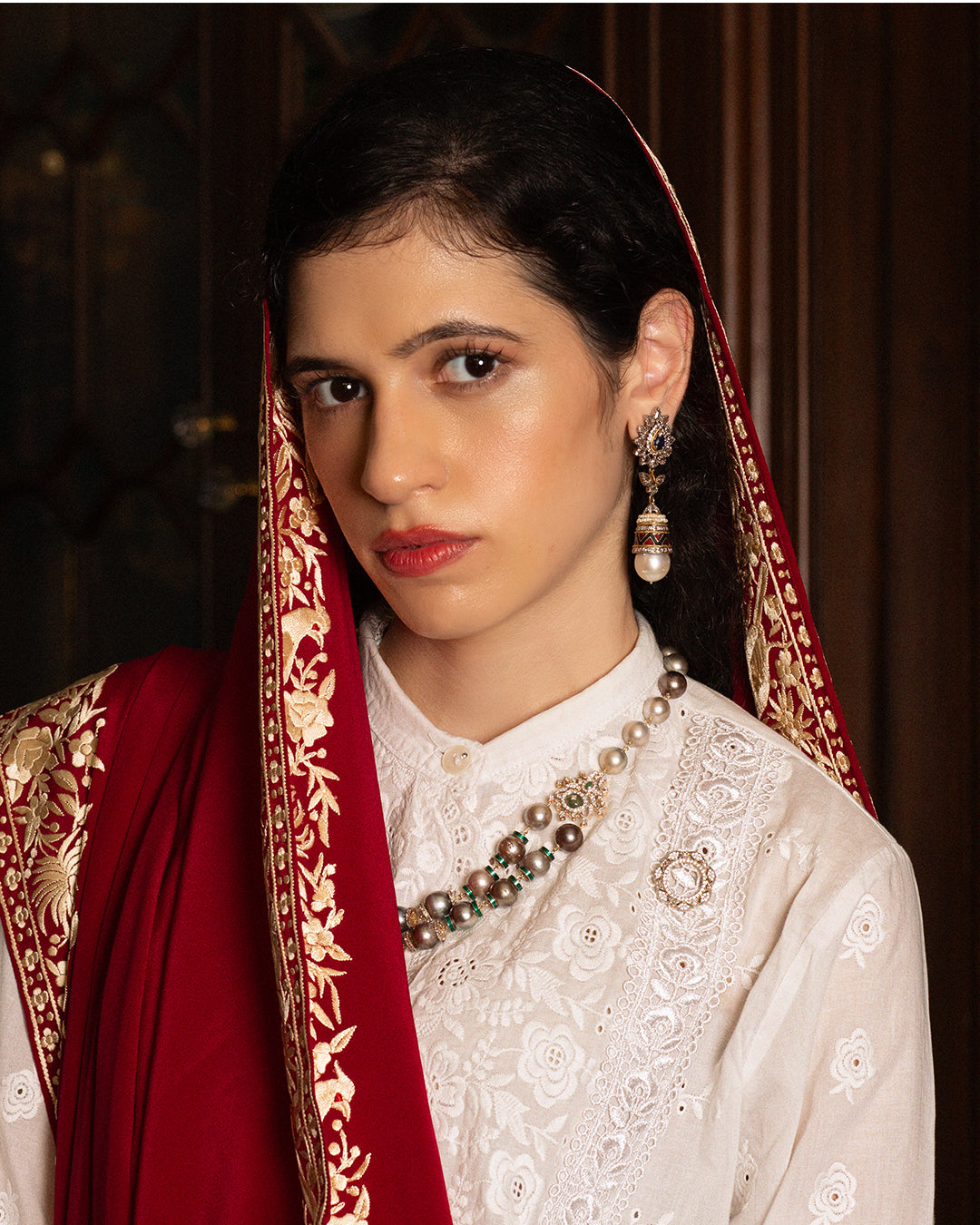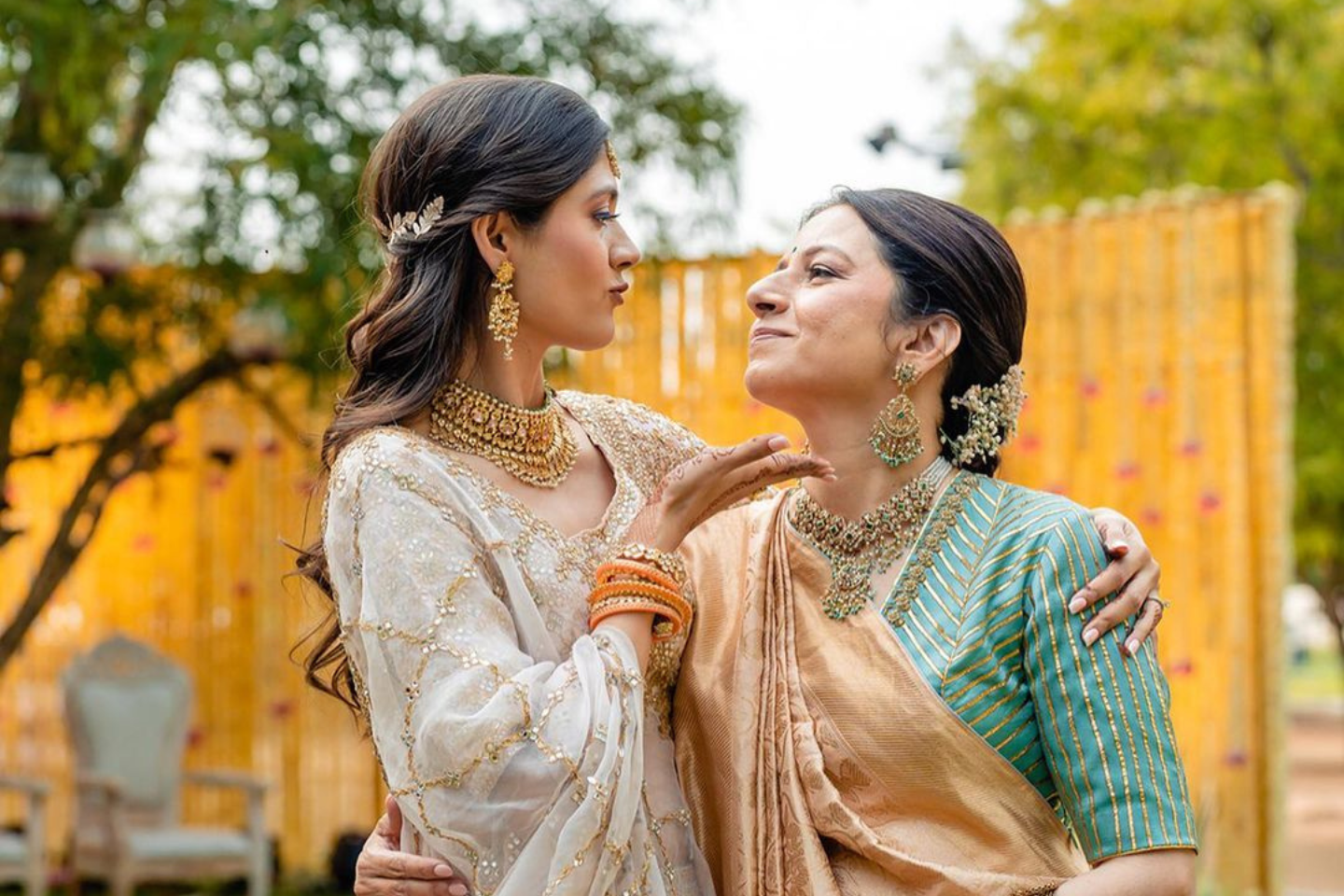Picture this: you’re attending a huge, vibrant wedding that is alive with the scent of new flowers and the sound of happy music. Dressed in their finest, everybody is filled with excitement, anticipating, as they wait to see the union of two souls. The bride and groom are in the middle of it all, beaming with joy as they stand in front of a stunning mandap. All eyes are on them as they get ready for one of the most cherished customs in Indian weddings—the varamala ceremony.
There’s a reason why every person attending an Indian wedding looks forward to the varamala ceremony, also known as jai mala/jayamala—it's a visual and fragrant feast that perfectly portrays the spirit of celebration and love.
The Indian Wedding Ceremony of Strategy and Fun
The varamala ceremony is the first ritual that marks the commencement of an Indian wedding and sets the stage for forthcoming rituals. The bride and groom exchange flower garlands to signify their acceptance of one another as life partners.

A still from Mira Nair's Monsoon Wedding depicting the varamala ceremony
Image courtesy: YouTube
The exchange of varamalas is the first ceremony to take place right after the baraat reaches the wedding venue. Traditionally, the groom first reaches the mandap and waits for his bride. Traditionally, the bride is the first to put the garland around the neck of the groom. But it’s not as straightforward as it seems—oh no.
The groom’s side tries to prevent the bride from garlanding the groom first by holding him high up in the air, while the bride’s side tries to help her in doing it, with both sides cheering them on. The ceremony is a moment of fun and laughter that serves as a reminder that love is about more than just great gestures; it's also about the little joys that make life worthwhile.
Decoding the Varamala

Image courtesy: Wikimedia Commons
Although there are contemporary adaptations, including garlands made from rupee bills and other regional customs, a varamala is traditionally made of flowers, roses, jasmines, and marigolds being the most common ones. Other flowers such as lilies, orchids, and carnations are also sometimes used. Red, white, yellow, orange, white, and green are the most popular hues.
Also, the overall size of the varamala may vary from one community to another. In South Indian weddings, the varamalas are often lengthy and heavy and usually laden with flowers. However, the varamalas in North Indian Weddings tend to be lighter and more dainty in design and style.
The flowers on the garland are considered to signify love, beauty, joy, exhilaration, and excitement. While the flower's thread serves as a conduit for securing these sentiments. With the varamala ceremony, the couple promises to stick with each other through thick and thin and live their lives with mutual understanding, unconditional love, passion, respect, trust, and faith, much like the thread that holds the flowers and never leaves them even when they end up losing their charm over time.
Instances of Varamala in Ancient Hindu History
Not just in today’s Indian weddings or in those of our ancestors and their ancestors; we can find instances in ancient Hindu texts and legends where varamalas were used to signify the union of two souls.
In Ramayana, once Rama wins her hand in the svayamvara and breaks the Pinaka bow, Sita is said to have put a varamala around his neck, accepting him as her life partner.

Exhibit of Rama and Sita exchanging varamalas
Image courtesy: Wikimedia Commons
Goddess Lakshmi is said to have put a varamala of lotus flowers around the neck of Vishnu, after emerging from the Samudra Manthan, accepting him as her celestial consort.
In the Mahabharata, Draupadi crowns Arjuna with flowers at her svayamvara to indicate her choice of him as her husband.
The rite of the garland exchange is also said to have taken place during the wedding of Shiva and Parvati.

Parvati and Shiva wearing varamalas during their kalyanam
Image courtesy: Wikimedia Commons
In Hinduism, a Gandharva marriage is a non-virtuous type of union acknowledged by the Manusmriti in which lovers wed by exchanging garlands, without the approval of their families, or via the execution of rites.



































